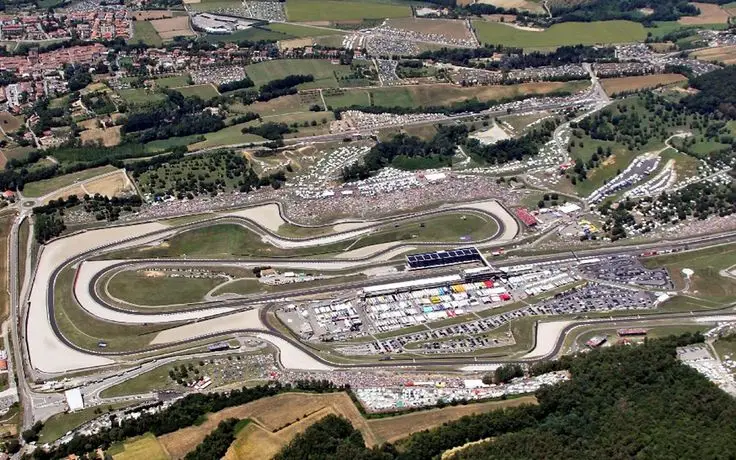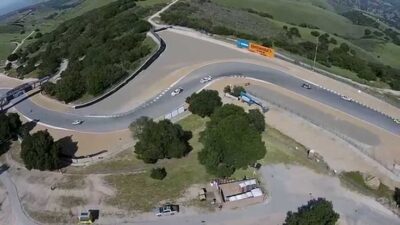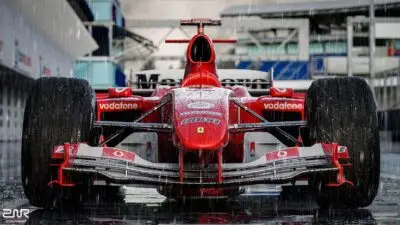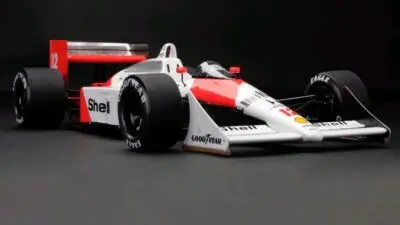The Mugello Circuit in Tuscany stands as one of Italy’s most captivating motorsport destinations, combining world-class racing with breathtaking countryside views. Located just 35 kilometers from Florence, this legendary track has evolved from early 20th-century road racing into a modern motorsport paradise that attracts racing enthusiasts from around the globe.

The 5.245-kilometer circuit features a challenging mix of fast straights and technical corners that has made it a favorite among both motorcycle and car racing communities. Racing has deep roots in this region, dating back to 1914 when legendary figures like Enzo Ferrari competed on the original 66-kilometer road course that wound through the Tuscan hills.
Today’s visitors discover that Mugello offers far more than just racing excitement. The circuit hosts various motorsport events throughout the year while providing unique driving experiences for motorsport fans, all set against the stunning backdrop of Italy’s most beautiful countryside.
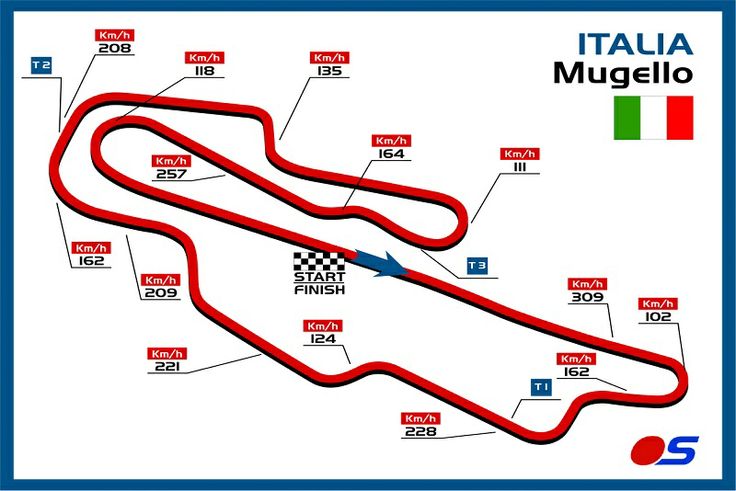
Key Takeaways
- Mugello Circuit combines challenging racing layout with spectacular Tuscan scenery just 35 kilometers from Florence
- The track evolved from a 1914 road course into a modern 5.245-kilometer facility hosting international motorsport events
- Visitors can experience both thrilling races and unique driving opportunities while exploring authentic Italian culture
The Allure of Mugello: Italy’s Racing Treasure

The Mugello Circuit stands as a masterpiece of motorsport engineering nestled in Tuscany’s rolling hills. Its combination of challenging track design, stunning natural setting, and deep connections to Italian racing heritage creates an unmatched motorsport destination.
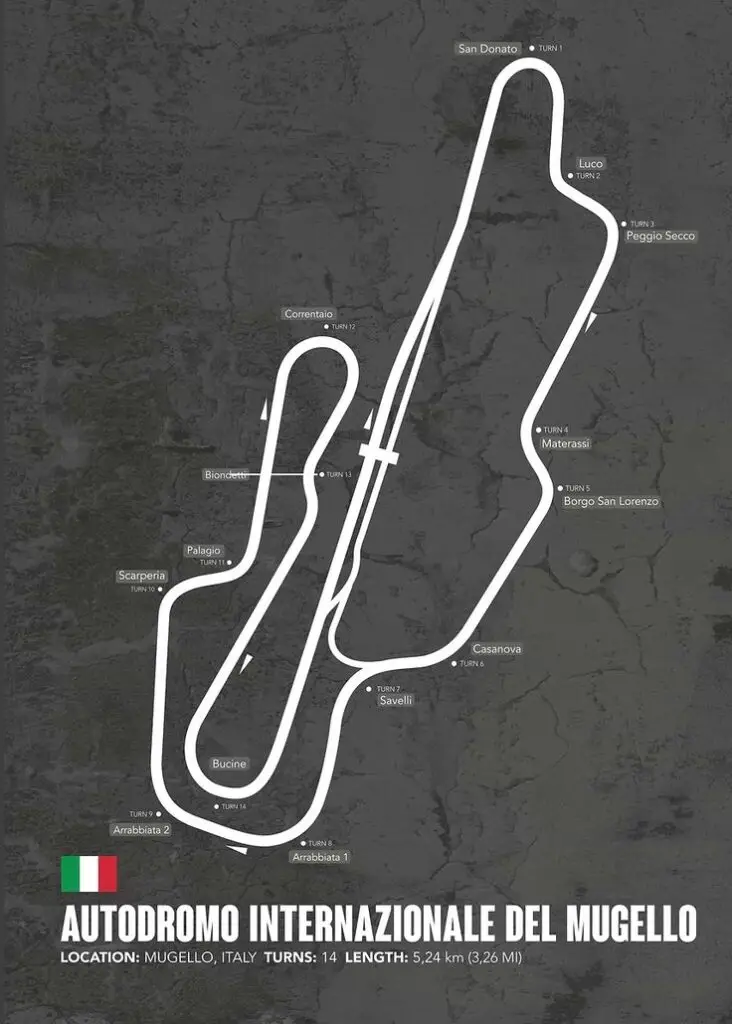
Why Mugello Is Revered in Motorsport
The circuit commands respect from drivers and fans worldwide due to its technical demands and racing pedigree. Ferrari has owned the track since 1988, transforming it into one of the most advanced facilities globally through significant investments.
The track spans 5.245 kilometers with fast straights and technical corners that test every aspect of a driver’s skill. This layout creates intense wheel-to-wheel racing that attracts thousands of spectators annually.
MotoGP and Superbike races call Mugello home, with motorcycle racing events drawing particularly passionate crowds. The atmosphere during race weekends transforms the quiet Tuscan countryside into a motorsport festival.
Racing enthusiasts can also participate in driving experiences and track days, allowing them to experience the circuit firsthand. These programs make the legendary track accessible beyond professional racing events.
Geographical Setting in Tuscany
Mugello sits 30 kilometers northeast of Florence in the heart of Tuscany’s picturesque landscape. The circuit’s location among rolling hills and cypress trees creates a stunning backdrop that sets it apart from other racing venues.
The towns of Scarperia and Borgo San Lorenzo provide authentic Tuscan experiences with historic buildings and local markets. Visitors can explore traditional cuisine and local culture between racing events.
The natural amphitheater formed by surrounding hills offers excellent viewing positions for spectators. This geographical advantage allows fans to watch multiple sections of the track from elevated positions throughout the venue.
The Connection to Italian Racing History
Italy’s motorsport legacy runs deep through Mugello’s DNA, with Ferrari’s ownership cementing its place in racing history. The circuit opened in 1974 and received extensive renovations in the early 2000s to meet modern safety standards.
The track hosts different categories of motor racing each year, celebrating Italian talent and passion for motorsport. Ten major racing stages annually showcase the best Italian drivers competing for national titles.
This connection to Italian racing culture creates an authentic motorsport atmosphere that honors the country’s automotive heritage. The circuit serves as both a modern racing facility and a tribute to Italy’s contribution to worldwide motorsport development.
Origins and Evolution of the Circuit

The Mugello circuit’s racing heritage began with dangerous road races in 1914, evolving through decades of street racing before becoming the modern permanent facility near Scarperia in 1974. This transformation involved legendary drivers like Giuseppe Campari and Enzo Ferrari, who helped establish Mugello’s reputation in Italian motorsport.
Historic Road Races and Early Days
The first motor race at Mugello took place in 1914 on public roads through the Tuscan countryside. This original event was designed as a regularity race rather than pure speed competition.
World War I interrupted the early racing activities. However, the Circuito del Mugello resumed in the 1920s and became one of Italy’s most challenging road circuits.
The original road course stretched approximately 66 kilometers through villages and mountain passes. Drivers faced narrow roads, sharp turns, and elevation changes that made it extremely dangerous.
Giuseppe Campari dominated the early years of Mugello road racing. He won multiple editions during the 1920s, establishing himself as the circuit’s first major champion.
Enzo Ferrari also competed in these early road races before founding his automotive empire. His experiences at Mugello helped shape his understanding of racing dynamics and car development.
The road races continued until the late 1960s, when safety concerns and changing regulations made public road racing impractical.
Birth of the Permanent Circuit
The modern Autodromo Internazionale del Mugello opened in 1974, located 30 kilometers northeast of Florence near Scarperia. Ferrari built this permanent facility to replace the dangerous road circuit.
The new track measured 5.245 kilometers with 15 turns. It featured modern safety equipment and proper spectator facilities that the old road course lacked.
Initial racing series included:
- Formula 5000 championship events
- European touring car races
- Motorcycle competitions
- Ferrari test sessions
The F5000 series provided some of the circuit’s earliest international exposure. These powerful single-seater cars suited Mugello’s fast, flowing layout perfectly.
Ferrari used the circuit extensively for testing and development. This relationship helped establish Mugello’s reputation for technical excellence and precision.
The permanent track preserved the challenging nature of the original road course while meeting modern safety standards.
Influential Racing Figures and Legends
Emilio Materassi became one of Mugello’s most celebrated early champions during the road racing era. His aggressive driving style and local knowledge made him nearly unbeatable on the challenging circuit.
Materassi’s victories in the 1920s helped establish the romantic image of Italian road racing. His battles with Giuseppe Campari created legendary moments in motorsport history.
Key legendary figures include:
- Giuseppe Campari – Multiple road race winner
- Enzo Ferrari – Competitor turned circuit owner
- Emilio Materassi – Local hero and champion
The transition to the permanent circuit attracted new generations of racing talent. MotoGP riders like Valentino Rossi later made Mugello their spiritual home.
Modern racing legends have continued the tradition established by these early pioneers. The circuit near Scarperia maintains its connection to Italian racing heritage while hosting world-class competition.
